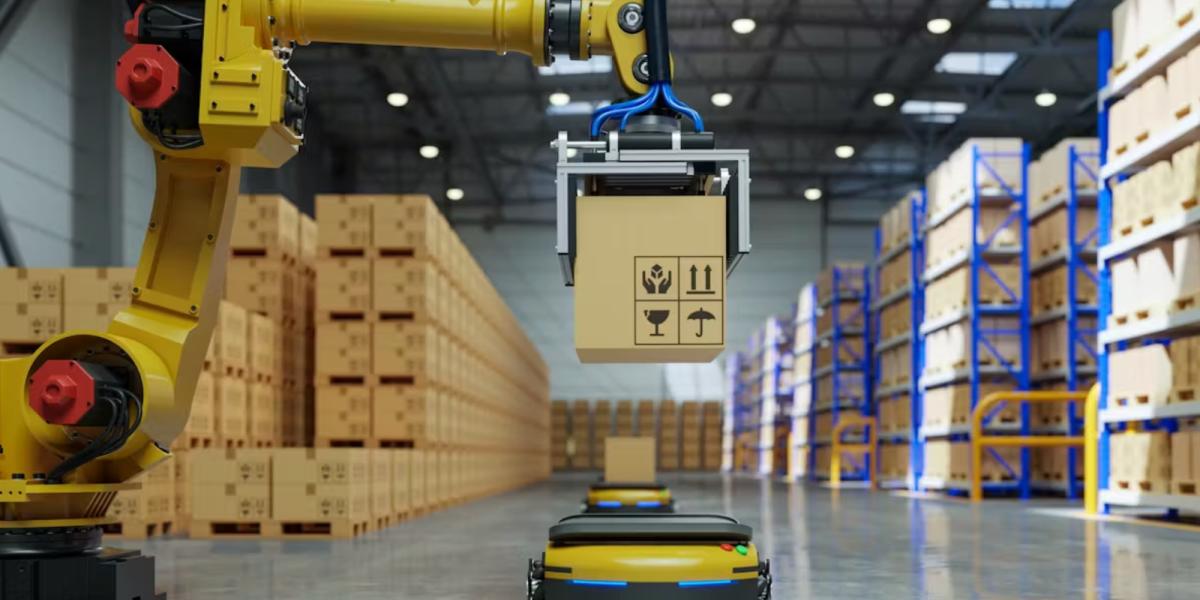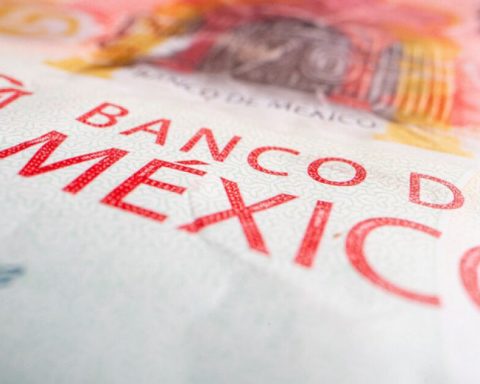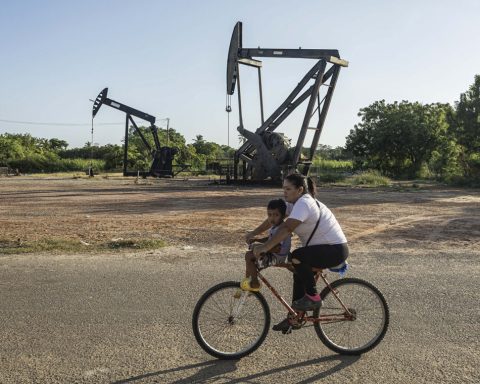Online shopping has changed consumer expectations. In the past, delivery times of several days were normal. Today it is considered normal that the products are delivered in less than 24 hours. And logistics companies have been forced to adapt.
New strategies and technologies in logistics
E-commerce has become a fundamental part of the global economy. According to UN data on trade and developmentthese types of transactions have reached more than 20% of total global retail sales.
To cover the logistical needs that this growth implies, companies in the sector are designing new strategies and using new technologies. This way they optimize their processes, streamline work and improve efficiency.
Digitalization has been one of the fundamental pillars in this evolution. An example would be the incorporation of warehouse management systems or route optimization computer programs, which allow real-time monitoring of distribution operations.
The European technology platform Alliance for Logistics Innovation through Collaboration in Europe (ALICE) improves demand forecasts and designs optimal transportation routes using artificial intelligence. The use of AI also allows you to automate the handling of loads and facilitates preventive maintenance of equipment.
Logistical flexibility
E-commerce requires more logistical flexibility. Hence, companies invest in robots (which classify, package and store) to improve the management of their warehouses, and in inventory management systems (which record the receipts and exits of merchandise and allow sales to be projected to minimize storage costs). ) and order preparation (selection, packaging, labeling, picking and shipping).
Another emerging technology (in the testing phase) is autonomous delivery vehicles. Building fleets of drones and driverless vehicles is part of the long-term plans of many transportation companies. This would imply lower costs and greater efficiency.
All of these technologies have the potential to continue reducing delivery times. At the same time, they would reduce the environmental impact associated with traditional transportation powered by fossil fuels.
Challenges for the sector
Although the rise of e-commerce has brought opportunities to the sector, it also presents challenges:
- To be efficient, meet consumer demands and remain competitive, e-commerce logistics must focus on transparency, communication and the integration of all distribution channels (omnichannel integration) to improve the online shopping experience.
- The path towards a completely sustainable logistics model is still long. To achieve this, the emission of polluting gases must be reduced. The point is that fleets of trucks and vans (which distribute millions of packages every day) mostly use fossil fuels. Furthermore, as the number of packages to be delivered increases, and the urgency of deliveries increases, emissions also grow.
- Return management (reverse logistics) is a complex process and e-commerce users, especially fashion and technology users, return a significant portion of their purchases. Companies must have efficient systems for the collection, processing and redistribution of these products.
- People play a fundamental role in the logistics operations of electronic commerce. Given the high labor mobility in the sector due to the lack of qualified labor, companies face the retention of talent. Training is an essential tool for workers to be more prepared. They are the key piece that will adapt the innovations and technologies that are appearing in the sector.
Read more: The environmental impact of shopping online
The influence of globalization
Electronic commerce has favored the globalization of logistics by allowing companies from anywhere in the world to offer their products to consumers in other countries. Thus, the volume of merchandise that must be transported between countries, and even between continents, has increased. Hence, logistics networks have had to expand and become international.
To this end, infrastructures have been improved (roads, ports, airports), hubs global distribution centers (where all activities related to the transportation, classification, expedition and distribution of goods are carried out) and maritime and air routes have been optimized.
Read more: Mega container ships: this is how 80% of international trade moves
The future of logistics and transportation
e-commerce will continue to growwhich will confront the logistics sector with new challenges and opportunities. Transport companies seek to be efficient, sustainable and competitive, but in addition, to achieve the latter, they must be able to adapt to the needs of users in terms of delivery times and conditions.
In order to face these changes, companies resort to innovative strategies, but they must be responsible with society and the environment. The logistics of the future has to be sustainable.















